When I decided to sell my home in Milwood, it was with a sense of hope and optimism for the future. I believed I was making the best choice for my children, ensuring stability and a sense of home in the Southside or Milwood neighborhood. We were in the middle of a school year for my middle schooler, and the need to maintain friendships and a familiar environment were all factors in my decision.
So, I did my research. I called the apartments. I drove by complexes. I stopped in to see what felt safe, quiet, and manageable. Safety was at the top of my list. As a small business owner preparing to open a downtown retail store, location also mattered; I needed to be close enough to balance both my home and work life.
With high hopes and a sense of anticipation, I arrived at the Creamery Apartments, believing it to be the answer to my quest for stability.
My first interactions with the Creamery’s management were not without their challenges. It was a struggle to get anyone to answer the phone or be present when I visited. Finally, on the morning of November 20, 2024, I managed to catch the property manager, Paulette Hartsell, right when the office opened.
From the beginning, she nudged me toward the market-rate unit. It was nearly $1,600, more than my current mortgage in Milwood. I told her at least twice that day that I couldn’t afford it and needed to go with the subsidized unit. The only real difference between the two apartments was a wraparound kitchen counter. Otherwise, they were nearly identical, just opposite ends of the same hallway.
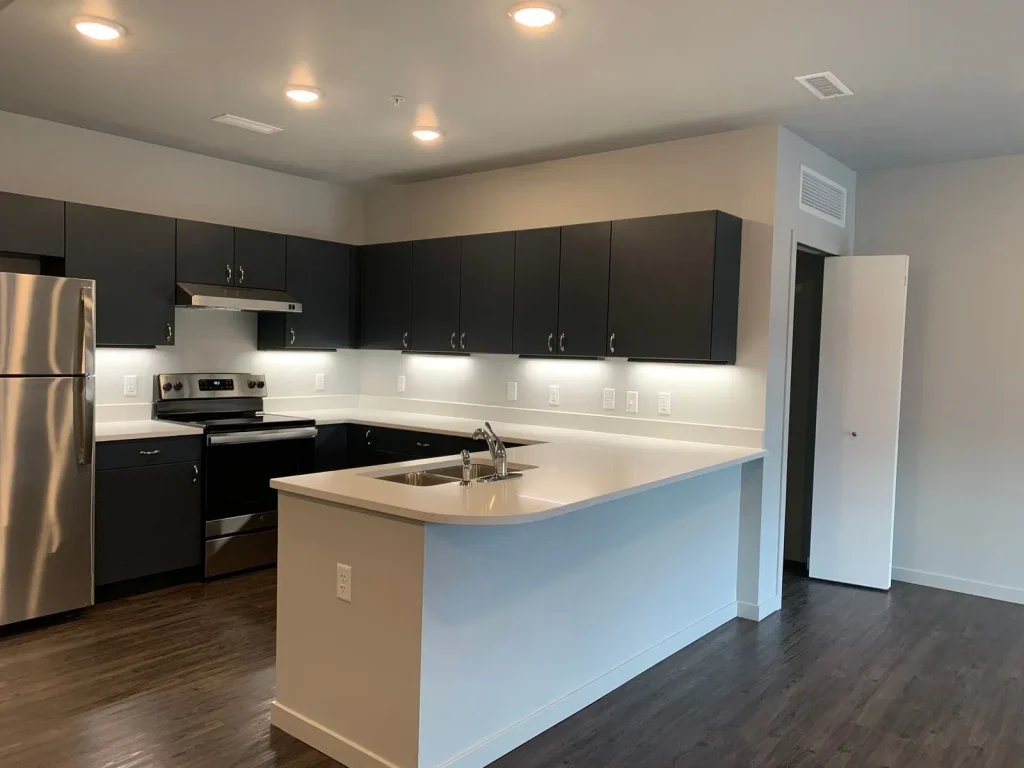
While we were standing in the market-rate apartment, the one I ultimately didn’t choose, I asked her again, “Is this place quiet? I need a quiet home. I work 12–13 hours a day on my small business, and I can’t afford distractions.”
She reassured me that it was. She told me no one could access the building without a fob, and as we stood in one of the bedrooms, she added, “Yeah, it’s like soundproof. This is a green building.”
At the time, I took comfort in those words. Later, when I was scrubbing grime off the walls and appliances, I would look back on that moment and realize just how hollow those promises were.
And she gave me plenty to hold on to. I broke down crying as I told Paulette that I had lost everything and that my children and I were starting over. Through tears, I explained that I needed a quiet, safe place to live — somewhere we could rebuild. She reassured me that the building was quiet. She told me security was tight. I remarked more than once, “Wow, this place is really a hidden gem.” She smiled and answered, “Yes, it really is.”
I wanted to believe her. I needed to believe her.
Despite the challenges I had faced, I was determined to start over. I had lost everything the year before, but I was not giving up. I sold my home in Milwood to use the equity to open my downtown store, and Paulette presented the Creamery as the safe, stable new beginning I was looking for. I was ready to embrace this new chapter with determination and resilience.
I was aware that the Creamery was a HUD-subsidized building. I understood that meant part of the rent structure was tied to federal housing programs. I had signed a lease, and I was familiar with its terms. What I didn’t fully understand at the time, and what I would only learn much later, was what it meant to live inside a HUD building in Kalamazoo: the politics, the power, and the lack of accountability that came with it.
After I made the decision in November, just a few days before Thanksgiving, to move into the Creamery, I also made another significant decision: to start looking for a commercial storefront downtown. I met with a local commercial realtor and toured several spaces.
On December 16, two days before I signed my lease at the Creamery, I chose a commercial spot on the Kalamazoo Mall. I placed a $500 non-refundable deposit to secure the space, accompanied by a Letter of Intent to Lease (LOI) that stated I would execute the lease for the storefront once the sale of my home was closed in mid-January.
In that moment, it felt like everything was aligning: a new home for my children and a new home for my business. I was laying the groundwork for stability and success.
But only weeks later, in January, I would have to walk away from that dream of opening a storefront on the Kalamazoo Mall, not because of poor planning or lack of effort, but because the stress of living at the Creamery made it impossible to move forward.
The cracks started showing before I even moved in.
The office struggled to verify my income, despite it being clearly printed on my W-2. Paulette even emailed me asking if I had worked at all that year, something I’ll share in this blog series as evidence. Then, right before my scheduled move, Paulette fell ill, and my move-in date had to be pushed back at the last minute. By then, I had already paid $1,700 for movers. Rescheduling was costly, stressful, and disruptive.
On December 18, 2024, I signed the lease electronically. The next morning, Paulette met me in the lobby, wearing a mask, and said she was still sick, quickly handing me the keys.
I walked upstairs to Apartment 318 — my new “home.” At first glance, it looked dark and empty. I didn’t linger. The movers were waiting back at my house, and I needed to start loading the moving truck.
As I moved things in that first day, the difference between daytime visits and nighttime reality hit me almost immediately. During the morning tours, the building seemed quiet and still. But that night, as the movers and I carried boxes upstairs, the energy shifted. The vibe was completely different, unsettling in a way that started to raise my concern and apprehension.
I’ve lived in low-income housing before. When I first moved to Kalamazoo, I lived at Concord Place Apartments. So I’m no stranger to what comes with that kind of environment. But this was different. This wasn’t just the noise of neighbors or the typical challenges of apartment living. Something about the Creamery felt off.
And then I started seeing why.
The kitchen was dirty. Sticky grime covered the cabinets. Old food was left behind in drawers and cupboards. The countertops were greasy.
The bathrooms were worse: human pubic hair all over the floor and in the cabinets. Feces were left in one toilet, and what looked like dried vomit in another. The tub was scummy, the sink stained. The smell coming from the drain was overwhelming.
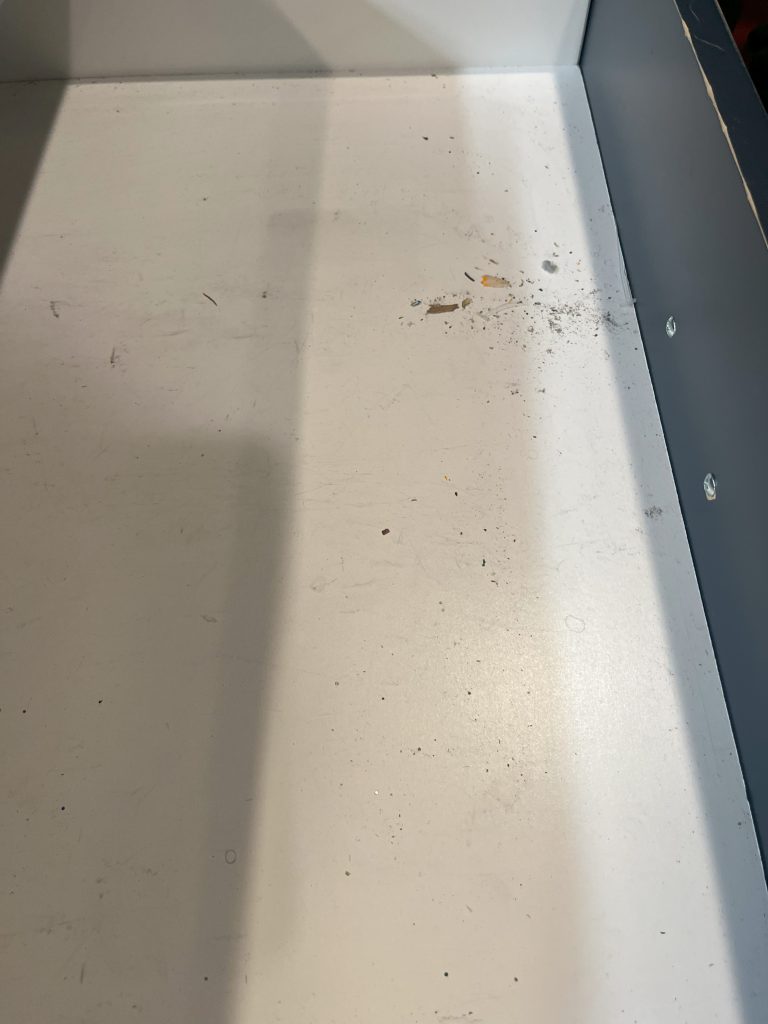
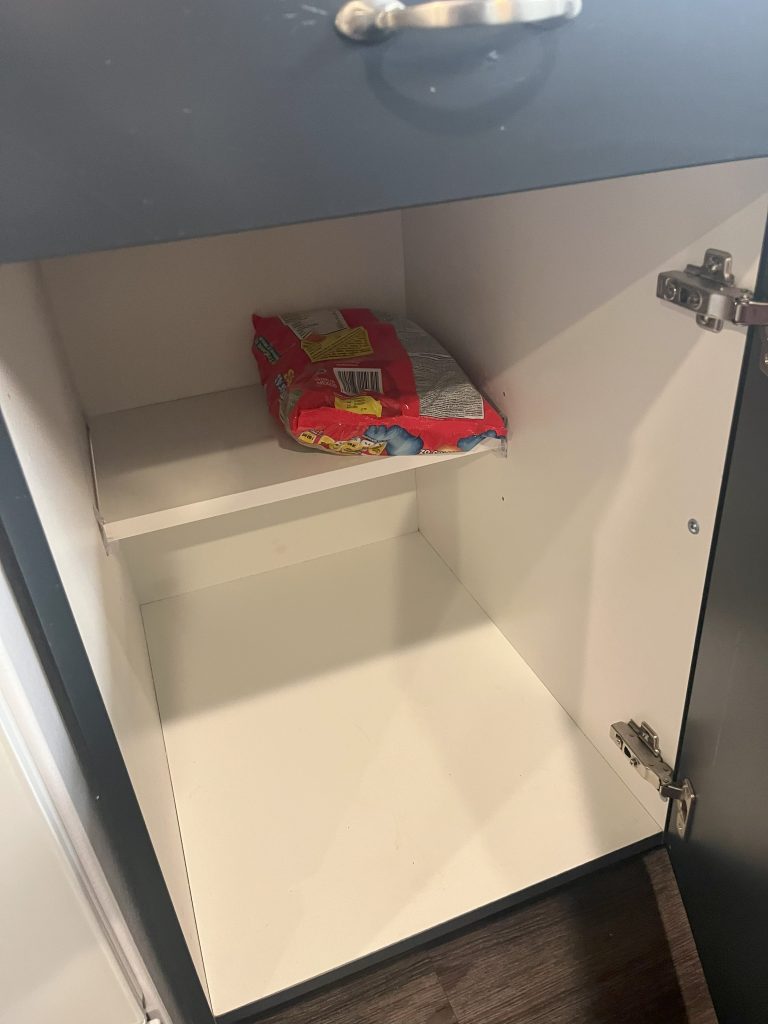

In the second bedroom, there was no working electricity. One outlet was completely missing, with exposed wires. The ceiling fan didn’t work. For weeks, I had no power in my bedroom at all.
As I started unpacking, I discovered even more. The blinds were stained with coffee streaks, and dust and residue clung to areas I hadn’t initially noticed, the kind of hidden dirt that becomes apparent only when you begin living in a space. Each room revealed another layer of neglect.
And here’s the part that stung the most: in the lease, I had been charged a cleaning fee. They collected that money, yet handed me a unit that had never been cleaned.
What made it worse was the context. The Creamery was barely four years old, a brand-new development in Kalamazoo, marketed as a modern, “green” and efficient building. This wasn’t some aging complex with decades of wear and tear.
And yet, when I walked in, the unit looked like it hadn’t been touched in years. On the counter was a maintenance checklist, left behind, showing the apartment had been vacant since May. That meant it had sat empty for more than six months.
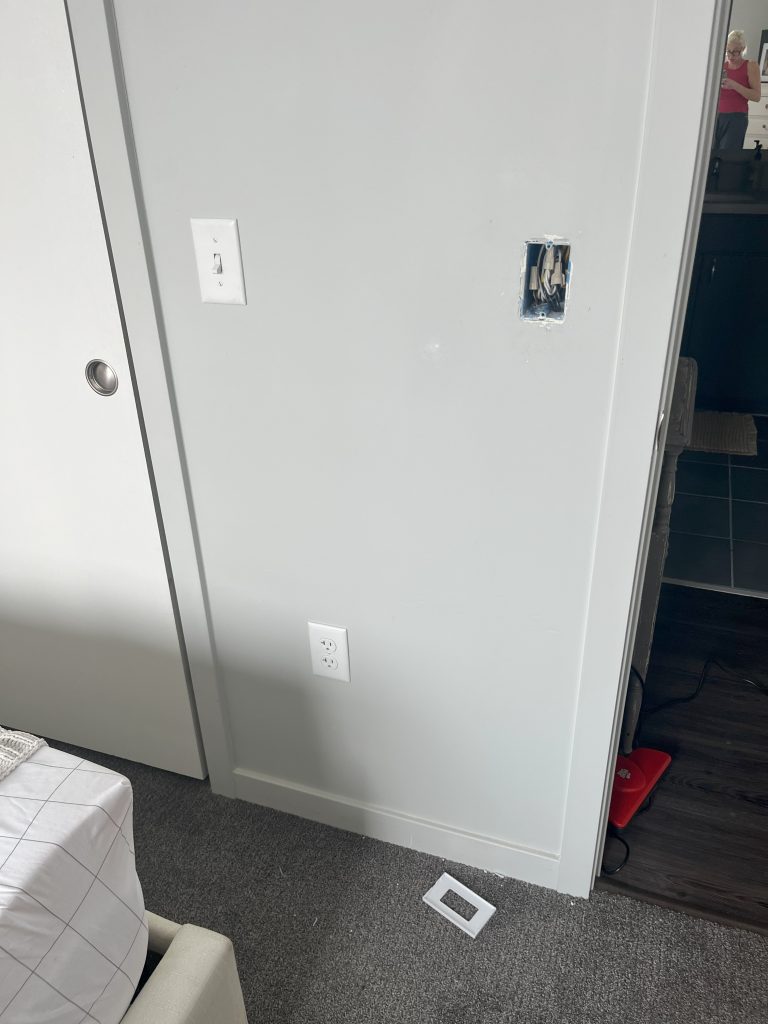
Why would a top-floor unit — with one of the best views in the building — sit vacant that long? And if property management knew it had been empty, why hadn’t anyone cleaned it? Why hadn’t the electricity, outlets, and fan been repaired before renting it to a single mom, uprooting her kids?
Instead of a fresh start, I had paid thousands to move into an apartment that felt abandoned and neglected.
It took me five hours just to scrub the bathrooms enough that my kids could use it. Three weeks to deep-clean the entire apartment. Three weeks were lost while trying to launch a downtown store and make a unit livable that should have been ready on day one.
Even on move-in day, dysfunction followed me. The maintenance man, whom I’ll call Isaac, offered to help me move things upstairs. He ended up stuck in the elevator for hours, trapped with my belongings.
The Creamery was supposed to be a safe new start. Instead, from the very first day, it felt like I’d stepped into a trap.
Author’s Note
At the time, I told myself these were just the growing pains of a move. But the months that followed showed me otherwise: the Creamery wasn’t broken by accident. What I experienced next — the harassment, the retaliation, and the intimidation — proved it was built on neglect.
That’s where this story turns next.
Jennifer L. Dayton
Founder & Executive Director
Kalamazoo Justice Project
The Kalamazoo Justice Project is a nonprofit organization dedicated to exposing housing injustice and supporting tenants through advocacy, transparency, and truth.
Legal Disclaimer:
The views expressed in this article are based on publicly available information, cited sources, and the author’s lived experience. This content is provided for informational and educational purposes only. It does not constitute legal advice. All individuals and organizations named are referenced in the context of their public roles and responsibilities.
Main Photo Credit: U.S. Department of Housing and Urban Development, HUD USER Case Studies. “The Creamery Apartments: Kalamazoo, Michigan.” Retrieved from HUD USER.
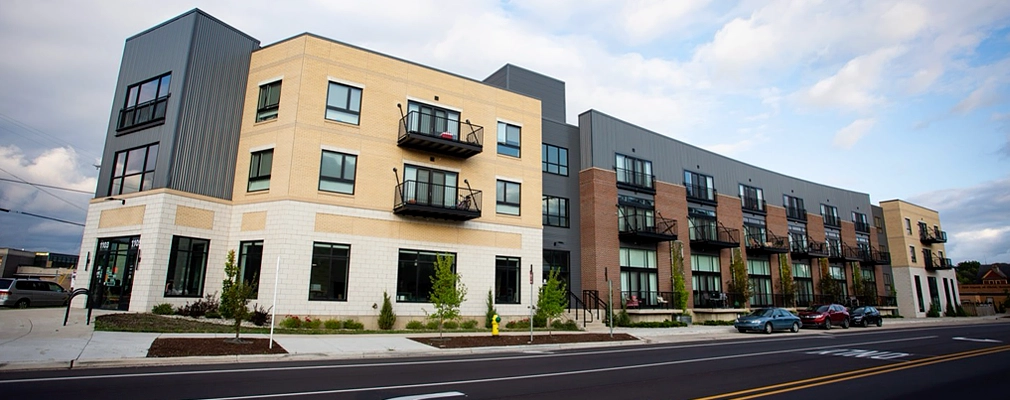
Leave a Reply